A Hoof-Tastic Christmas Surprise at Sandpiper
Sandpiper was filled with excitement and festive cheer as we enjoyed the...
Learn more
29 July 2025
Residential care is a vital option for individuals who require assistance with daily activities but do not need the intensive medical care provided by nursing homes. Whether it’s support with bathing, dressing, mobility, or medication management, residential care offers a safe and structured environment tailored to meet these needs. It also fosters social interaction and community engagement, ensuring residents maintain a sense of independence and dignity.
At Tanglewood Care Homes, we understand the importance of creating a nurturing environment that prioritises person-centred care and emotional well-being. Our facilities are thoughtfully designed to provide comfort, safety, and opportunities for meaningful social interaction. With features such as engaging activity programmes, accessible outdoor spaces, and dedicated care teams, Tanglewood Care Homes exemplify the balance between professional support and a homely atmosphere. This guide aims to provide families and individuals with a detailed understanding of residential care, helping them make informed decisions about this important aspect of elder care.
Residential care refers to the general support provided in a care home setting for individuals who struggle to live independently due to age-related challenges, disabilities, or other health conditions. Often referred to as assisted living or personal care, it is designed to help residents with essential daily tasks while providing access to 24-hour assistance. Residential care homes are regulated by the Care Quality Commission in the UK, ensuring they meet strict safety and quality standards.
Residential care focuses on creating a supportive environment where residents can live comfortably while receiving help with their daily needs. Here are some core aspects:

Residential care facilities are meticulously designed to provide a homely atmosphere, complete with amenities and services tailored to meet the diverse needs of residents. These facilities typically include shared or private living spaces, communal dining areas, and recreational spaces, all of which contribute to a sense of community and comfort. For instance, many care homes, such as those in our Tanglewood network, offer a range of amenities that enhance residents’ quality of life. These may include cinema rooms, on-site hairdressers, and cafes, which not only provide convenience but also foster social interaction and a sense of belonging.
Modern residential care facilities are built with specific design principles in mind, aiming to create an “enabling environment” that supports residents’ independence and well-being. This includes generous space standards, maximum natural daylight, and natural ventilation to ensure a healthy and uplifting living space. The design often avoids internal corridors without views or natural light, instead opting for dual-aspect apartments where possible. This thoughtful approach helps reduce feelings of confinement and promotes a sense of connection to the outdoors.
Residential care homes offer a comprehensive range of amenities and services designed to support residents’ physical, emotional, and social needs. These include:
Some residential care homes specialise in supporting individuals with specific needs, such as dementia care. These facilities are designed with dementia-friendly features, including clear signage, calming colour schemes, and memory boxes that help spark conversations and create a sense of familiarity. Team members are trained to provide personalised care plans that cater to the unique needs of each resident, ensuring they feel supported and understood throughout their stay.
Residential care provides a range of advantages that enhance the lives of older adults, ensuring their physical, emotional, and social needs are met in a safe and supportive environment.
One of the most significant benefits of residential care is the opportunity for meaningful social engagement. Loneliness and isolation are common challenges for older adults living alone, which can negatively impact mental health. Residential care homes foster a sense of community by organising group activities such as games, outings, and communal dining experiences. Residents can forge friendships, participate in hobbies, and enjoy daily interactions with peers and the team, promoting emotional well-being and reducing feelings of isolation.
Safety is a top priority in residential care homes. These facilities are equipped with features such as secure entry systems, emergency call buttons, and mobility aids, to ensure residents are protected at all times. The presence of trained team members 24/7 provides peace of mind for both residents and their families. Additionally, the design of residential care homes often includes non-slip flooring, handrails, and accessible bathrooms to minimise the risk of accidents.
Residential care offers tailored assistance based on each resident’s individual needs. Care plans are developed to address specific requirements such as help with bathing, dressing, medication management, or mobility support. This personalised approach ensures residents maintain their dignity while receiving the right level of care to promote independence. Team members work closely with residents and their families to adapt care plans as needs evolve over time.
Care homes provide access to a variety of amenities designed to enrich residents’ lives. These may include fitness centres for physical activity, libraries for intellectual stimulation, and activity rooms for creative pursuits like arts and crafts. Some homes also offer on-site services such as hair salons, cafes, or cinema rooms for added convenience and enjoyment. These amenities not only improve quality of life but also encourage social interaction and engagement.
For families, residential care offers reassurance that their loved ones are safe, cared for, and supported in a nurturing environment. Knowing that professional caregivers are available around the clock allows family members to focus on spending quality time with their loved ones rather than worrying about their day-to-day needs.
Residential care combines personalised support with opportunities for social engagement in a secure setting. By addressing physical needs while fostering emotional well-being and community involvement, these facilities help older adults lead fulfilling lives with dignity and independence.
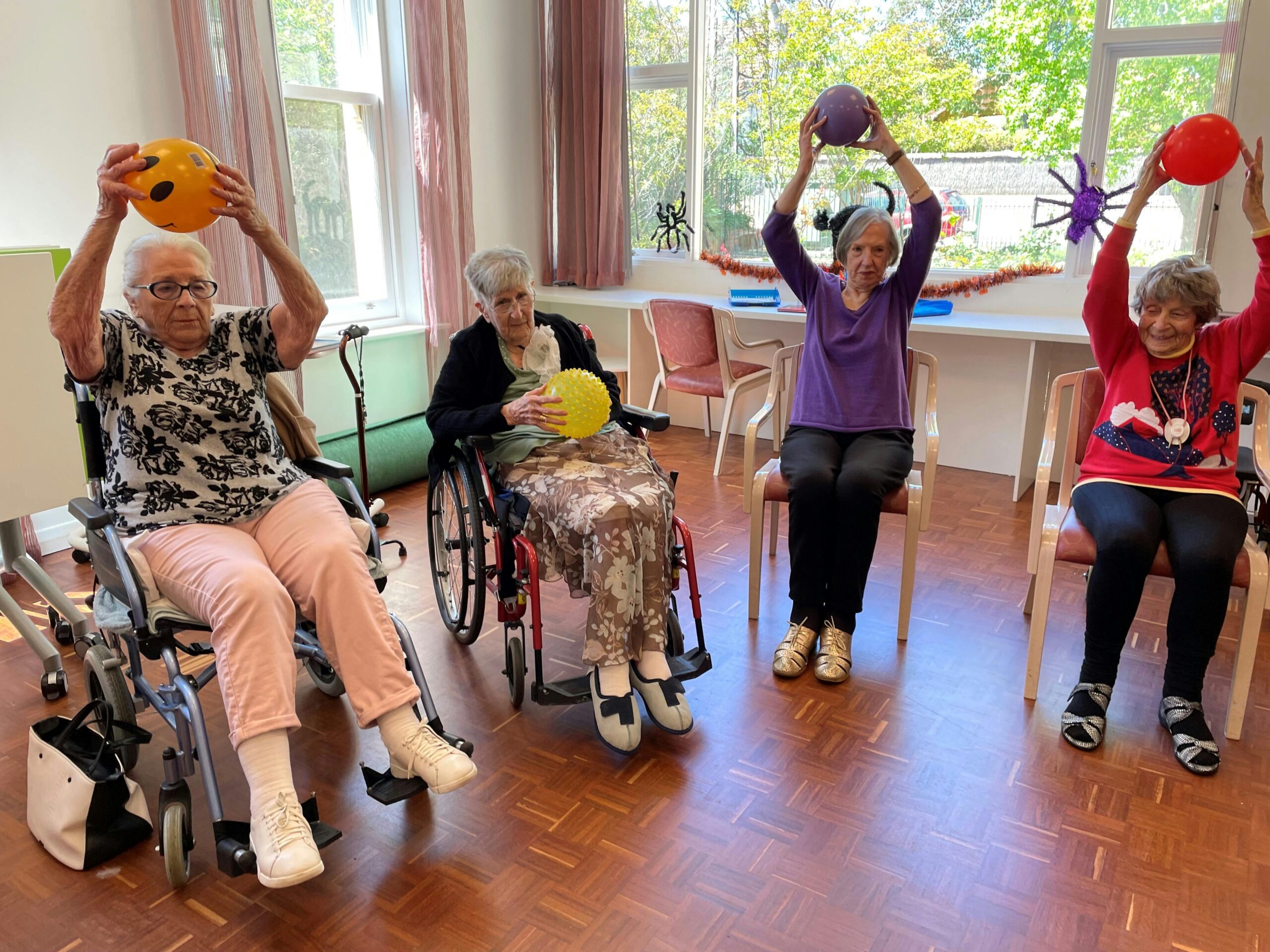
Residential care and nursing care are two distinct types of care options available for individuals requiring support with activities of daily living. Whilst both provide a supportive environment, the primary difference lies in the level of medical care provided.
Residential care homes offer comprehensive support with activities of daily living such as bathing, dressing, eating, and mobility, alongside a wide range of additional services tailored to individual needs. These homes provide a nurturing environment for individuals who require assistance with personal care but do not need continuous medical supervision.
Residential care encompasses far more than basic personal assistance. Our trained care staff provide specialist support for residents living with dementia, including person-centred approaches to manage behaviours and maintain dignity. We also offer compassionate end-of-life and palliative care, ensuring comfort and emotional support during this sensitive time.
Medication management is a key component of residential care, with trained staff able to administer routine medications safely and monitor compliance. For short-term or routine medical conditions, including wound care management, support is provided by the community nursing team who visit regularly to deliver specialist treatments whilst maintaining continuity within the familiar residential environment.
District nurses are readily available to provide additional medical support when required, ensuring residents receive appropriate healthcare whilst remaining in their chosen home. This integrated approach means that many health needs can be effectively managed within residential care without the need for more intensive nursing provision.
Nursing care homes provide a higher level of care that includes 24-hour medical support. These facilities have registered nurses on site at all times, supported by care assistants, to manage complex medical conditions, administer medications, and perform medical procedures such as wound care or intravenous therapy. Nursing homes cater to individuals with chronic health conditions, those requiring post-surgical care, or those needing ongoing palliative care. The presence of qualified nurses allows for immediate medical intervention and continuous health monitoring, making nursing care ideal for those with significant and complex medical needs.
Some care homes, such as those in the Tanglewood group, are dual-registered, meaning they offer both residential and nursing care. This flexibility is particularly beneficial as it allows residents to remain in the same familiar environment even if their care needs change over time. For instance, a resident initially requiring only personal care can seamlessly transition to nursing care within the same home if their health needs become more complex. This continuity of care helps reduce stress and disruption for both residents and their families.
Both types of care offer a supportive environment with 24-hour assistance, but the choice between them depends on the individual’s specific health and care requirements. Dual-registered care homes like Tanglewood provide a flexible and reassuring option for those whose needs may evolve over time.
Read our complete guide on the differences between a care home and a nursing home for more information.
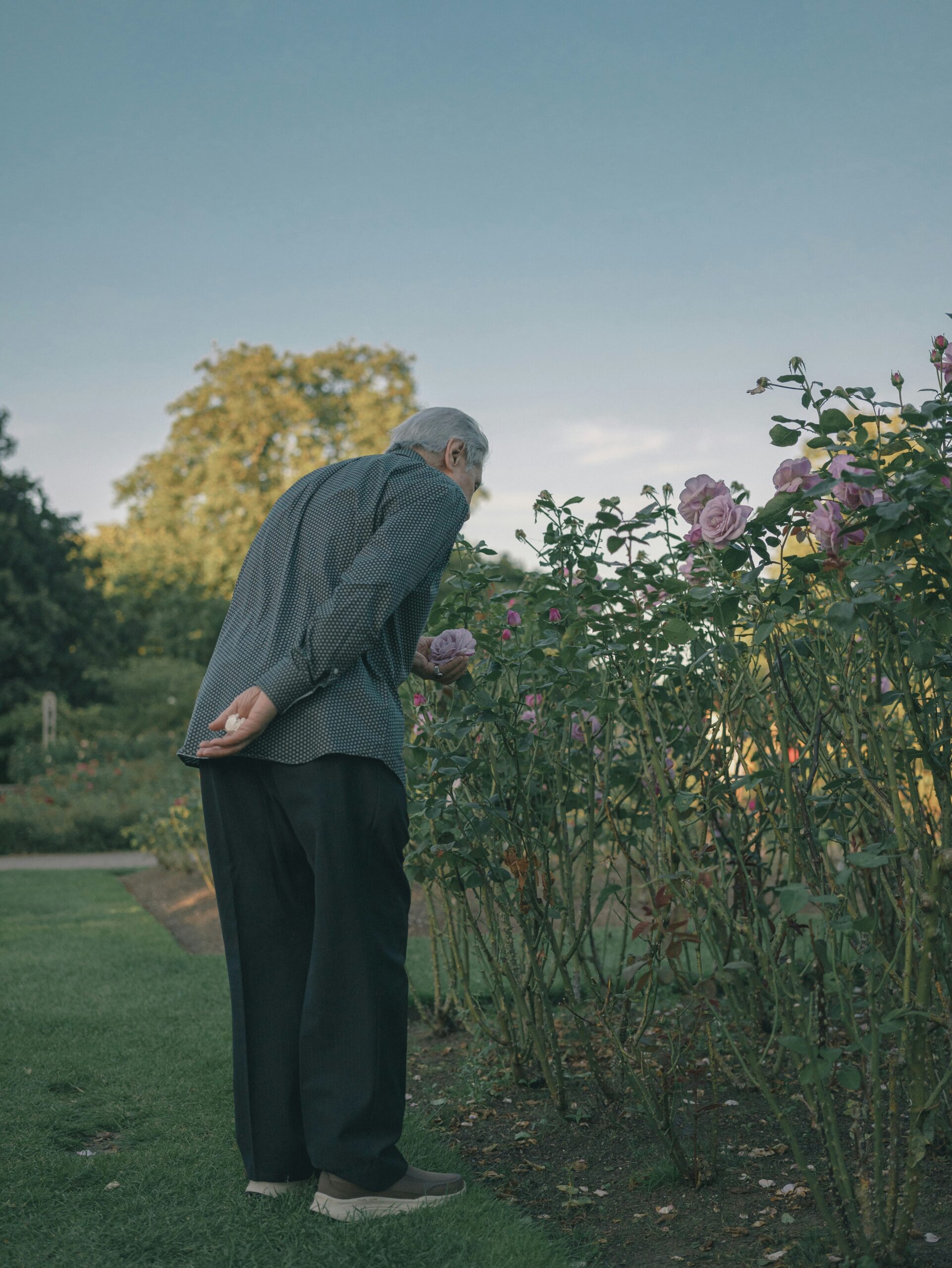
For individuals living with dementia, residential care facilities offer specialised services tailored to meet their unique cognitive and behavioural needs. These services often include Dementia Care Communities designed to provide a safe, stimulating environment that supports residents’ overall well-being.
Dementia residential care homes focus on creating a supportive environment that addresses the complex challenges associated with dementia. Key features of these specialised services include:
Residential dementia care offers numerous benefits for both residents and their families:
At Tanglewood Care Homes, we are committed to providing high-quality dementia care. Our teams are trained to support individuals with dementia, ensuring they feel settled and safe. By integrating Join Dementia Research into our care practices, we aim to enhance the lives of our residents and contribute to ongoing research efforts. Our approach emphasises person-centred care, maintaining dignity, and promoting independence, creating a nurturing environment where residents can thrive.
Continence care is an essential aspect of residential care, focusing on maintaining dignity and hygiene for residents with incontinence issues. This includes access to specialised equipment and trained team members.
Continence care is a critical aspect of residential and nursing care, focusing on maintaining residents’ dignity and hygiene while managing incontinence issues. This care involves a comprehensive approach that includes assessment, physical support, advice, and access to specialised equipment and supplies.
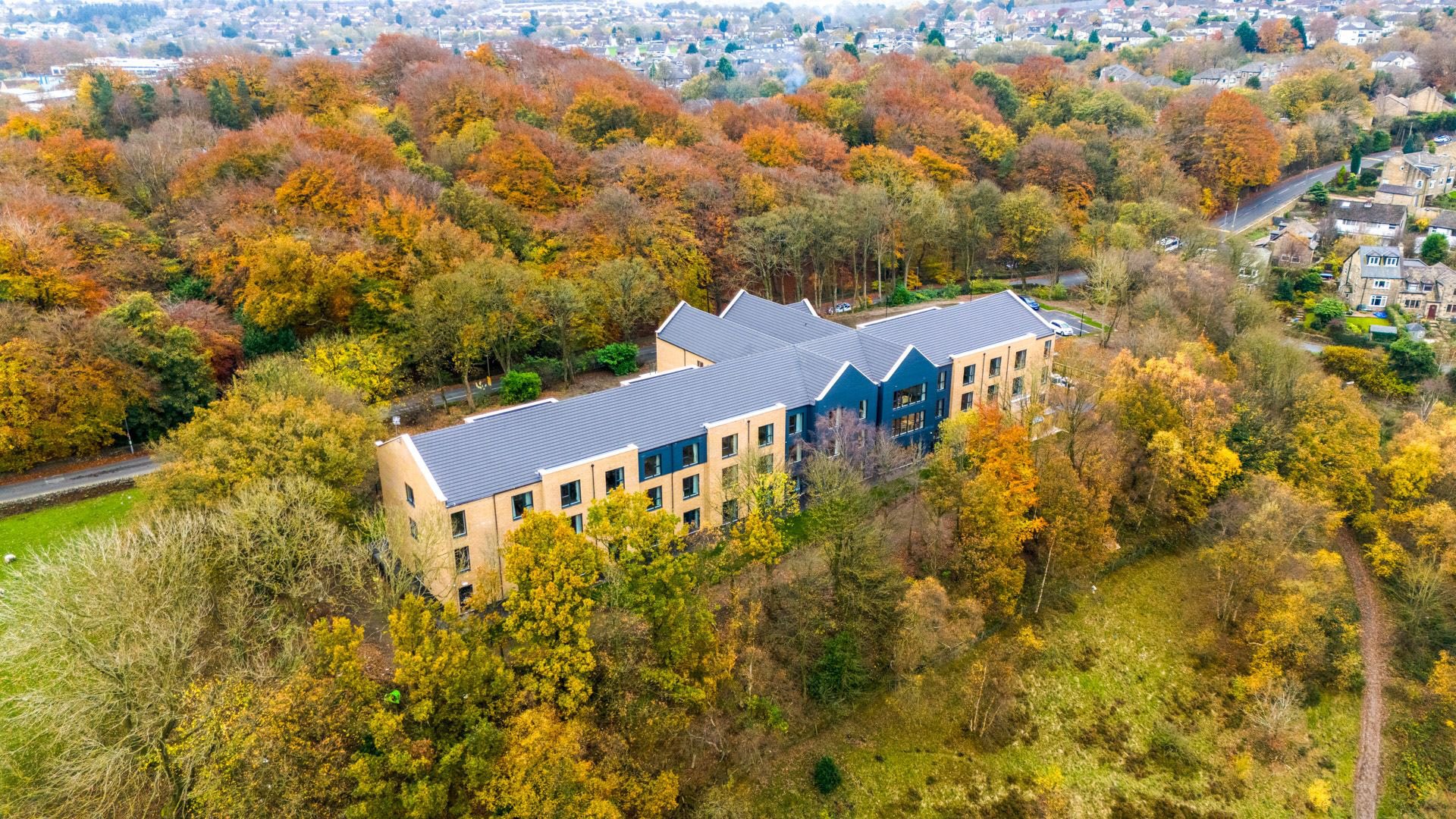
Choosing the right residential care home is a significant decision that requires careful consideration and planning. It involves assessing the individual’s care needs, researching available options, visiting potential homes, and understanding the standards and regulations that govern care homes. Here’s a detailed guide to help families make an informed choice.
The first step in selecting a residential care home is to assess the individual’s care needs. This assessment identifies the level of support required and ensures the chosen care home can meet those needs effectively.
A formal care needs assessment can be requested through your local council. This assessment is carried out by a trained professional who evaluates physical, emotional, and psychological needs. It also identifies whether adaptations (e.g., grab rails or stairlifts) could help maintain independence or if residential care is the best option.
If a family member or friend is providing unpaid care, they are entitled to a carer’s assessment to determine what support they might need to continue in their role.
Once you have a clear understanding of the individual’s needs, begin researching residential care homes in your area.
Use directories such as Carehome.co.uk or EAC Housing Care to locate care homes near you. These platforms include reviews, inspection ratings from the Care Quality Commission (CQC), and details about available services.
Ask friends, family members, or healthcare professionals for recommendations based on their experiences.
Check CQC reports for each shortlisted home. The CQC assesses care homes on five key areas: safety, effectiveness, responsiveness, caring approach, and leadership. Homes are rated as Outstanding, Good, Requires Improvement, or Inadequate.
Visiting potential care homes is crucial for gaining first-hand insight into their environment and services. Aim to visit multiple homes and ask detailed questions during your visits.
Residential care homes in England are regulated by the Care Quality Commission (CQC), which ensures that all facilities meet legal requirements for safety, quality of care, and resident well-being.
These standards cover areas such as care team qualifications, hygiene protocols, emergency procedures, and resident involvement in decision-making. Key points include:
CQC inspection reports provide valuable insights into how well a home performs across critical areas. Look for evidence of continuous improvement and high-quality leadership.
Ensure there is a clear process for raising concerns or complaints if issues arise after moving into the home.
At Tanglewood Care Homes, the focus is on creating a nurturing environment that fosters independence, dignity, and a sense of belonging. Their approach to care is deeply rooted in person-centred principles, ensuring that residents are actively involved in decisions about their care and daily activities,. Personalised care plans are developed collaboratively with residents and their families, respecting individual preferences and promoting autonomy.
Tanglewood also employs innovative tools like the Oomph On Demand platform to enhance residents’ quality of life. This platform offers a range of activities tailored to residents’ interests, from chair yoga to virtual tours, ensuring they remain engaged and fulfilled.
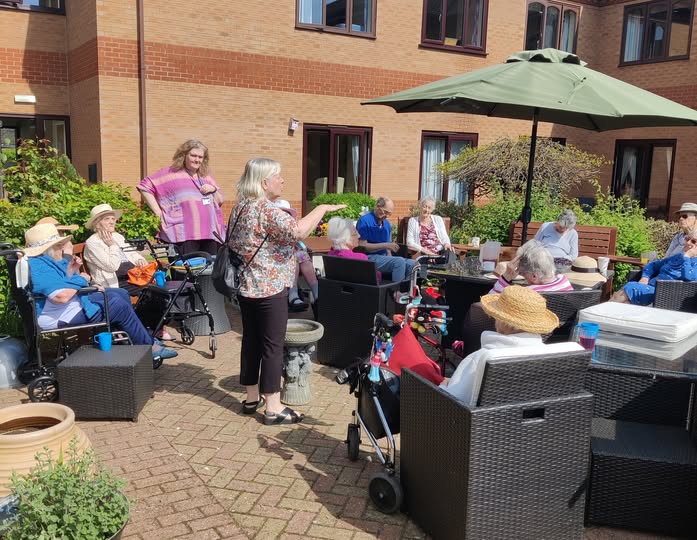
Family involvement plays a crucial role in residential care, significantly impacting the well-being and quality of life of residents. By maintaining a strong connection with their loved ones, families can help preserve residents’ sense of identity and ensure they feel valued and supported throughout their care journey.
Regular visits and communication are essential for boosting residents’ morale and combating feelings of loneliness and isolation. Simple gestures such as a friendly chat, a phone call, or a handwritten letter can make a significant difference in a resident’s day. These interactions remind them that they are loved and valued, which is vital for maintaining emotional well-being.
Families are often best placed to advocate for their loved one’s needs and preferences. They can communicate specific requirements or concerns to the care team, ensuring that residents receive personalised care that respects their individuality.
Collaboration between families and the care team is essential for delivering high-quality, personalised care. By working together, families can ensure that their loved ones receive care that aligns with their needs and preferences.
Beyond these core roles, families can contribute in several other meaningful ways:
Family involvement is indispensable in residential care, enhancing residents’ quality of life by providing emotional support, advocating for their needs, and collaborating with the care team. By staying engaged and committed, families can ensure that their loved ones feel valued, supported, and connected throughout their care journey.
Understanding the costs associated with residential care is essential. This includes room fees, meals, and additional services. Financial planning and exploring funding options can help manage these expenses.
At Tanglewood Care Homes, we understand the importance of financial planning when considering residential care. It involves understanding the various funding options available and making informed decisions to manage costs effectively. Here’s a detailed overview of the financial planning process and the resources available to support you.
To prepare for care home costs, consider the following strategies:
At Tanglewood Care Homes, we are committed to transparency and ensuring that families have all the information they need to make informed decisions about their loved one’s care. Our team is always available to discuss any questions you might have regarding our services and fees. We encourage you to contact us directly for specific details on our cost structure and to explore how we can support your financial planning needs.
Person-centred care is a transformative approach in residential settings, focusing on the unique needs, preferences, and values of each individual. It goes beyond addressing physical health to encompass emotional, social, and psychological well-being. By prioritising what truly matters to residents, person-centred care helps them lead fulfilling lives while feeling valued and understood. At Tanglewood we embed these principles into our daily practices, creating an environment where residents feel respected, empowered, and supported.
At its core, person-centred care is built on key principles that guide how support is delivered:
The benefits of person-centred care are profound and far-reaching:
Tanglewood Care Homes exemplify person-centred care by embedding its principles into every aspect of daily life. One notable example is their partnership with Pubity on the Old Friend Club campaign. This innovative initiative bridges the generational divide by celebrating the wisdom, humour, and vibrant lives of older adults.
Launched in September 2024, Old Friend Club features Tanglewood residents engaging in activities such as sharing life advice, answering questions about their pasts, and participating in challenges that introduce them to modern trends. This campaign not only entertains but also highlights the enduring relevance and vitality of older adults in today’s culture. Residents from Tanglewood’s Meadows Park, Cloverleaf, and Sleaford Hall Care Homes have become stars of this series, showcasing their stories with humour and heart.
The campaign has achieved phenomenal success, resonating with millions worldwide and challenging outdated stereotypes about care home living. It demonstrates that life in a care home is not just about receiving care – it’s an exciting new chapter filled with connection, adventure, and fulfilment.
Tanglewood offers a wide variety of activities designed to enrich residents’ lives while catering to their interests. For example:
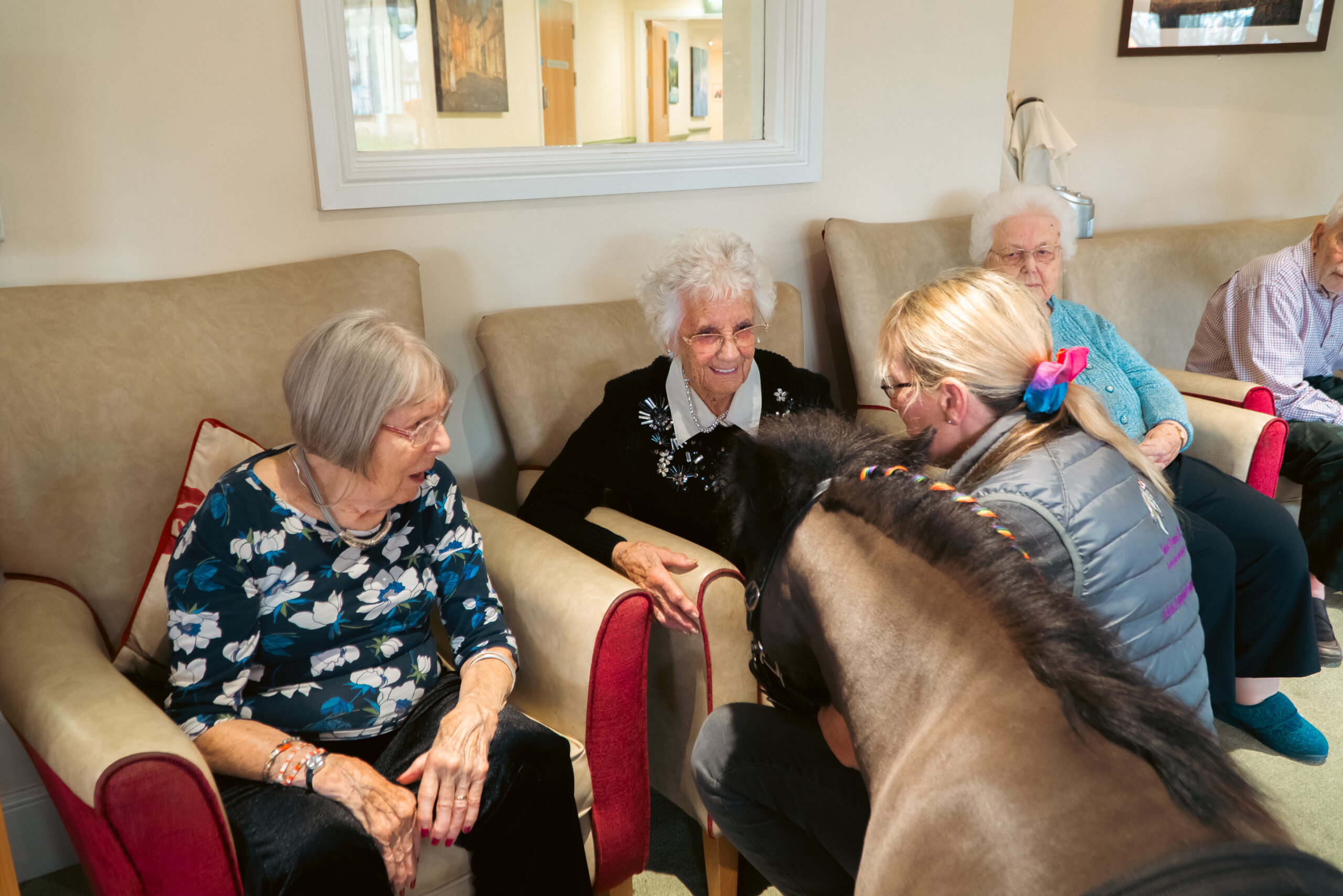
Tanglewood’s team is trained not only in professional caregiving but also in understanding the emotional needs of residents. Team members take time to listen to residents’ stories, learn about their past experiences, and build genuine relationships that foster trust.
Families play an integral role in Tanglewood’s approach to person-centred care. By involving family members in care planning meetings or encouraging regular visits, Tanglewood ensures that residents maintain strong connections with loved ones. Families are also invited to participate in events such as seasonal celebrations or activity days.
Tanglewood Care Homes is dedicated to providing compassionate, person-centred residential care that prioritises the well-being and dignity of every resident. Our expertly trained team understand that each individual has unique needs and preferences, which is why we tailor our care plans to meet these specific requirements. Through daily interactions and personalised activities such as reminiscence therapy, gardening, and music sessions, we ensure that residents feel valued, engaged, and supported.
At Tanglewood, we believe in creating a nurturing environment that fosters independence and promotes a sense of community. Our homes are designed with safety and comfort in mind, featuring layouts that are easy to navigate, secure outdoor spaces, and calming environments to reduce anxiety and promote relaxation. We also offer a range of amenities, including on-site cafés, cinemas, and hair salons, which enhance residents’ quality of life and provide opportunities for social interaction.
We believe in fostering strong partnerships with families to create a holistic care experience. We encourage family involvement in care planning and provide regular updates to ensure peace of mind. Our open communication ensures that families feel supported throughout their loved one’s care journey.
With 20 purpose-built care homes across the UK, Tanglewood is more than just a care provider – it’s a community where residents can thrive. Our homes are designed to feel like home, with welcoming spaces that encourage socialising and engagement. From organised outings to communal dining experiences, we strive to create an environment where residents feel connected and valued.
If you are considering residential care for your loved one, we invite you to explore how Tanglewood Care Homes can support you and your family. Contact us today to arrange a visit to one of our welcoming homes and experience first-hand the compassionate care and vibrant community we offer.
To learn more about Tanglewood Care Homes or to arrange a visit to one of our care homes, please call us on 01205 358888 or email us at info@twhealthcare.co.uk. Our dedicated team is here to guide you through every step of the process, ensuring that you find the right care solution for your loved one.